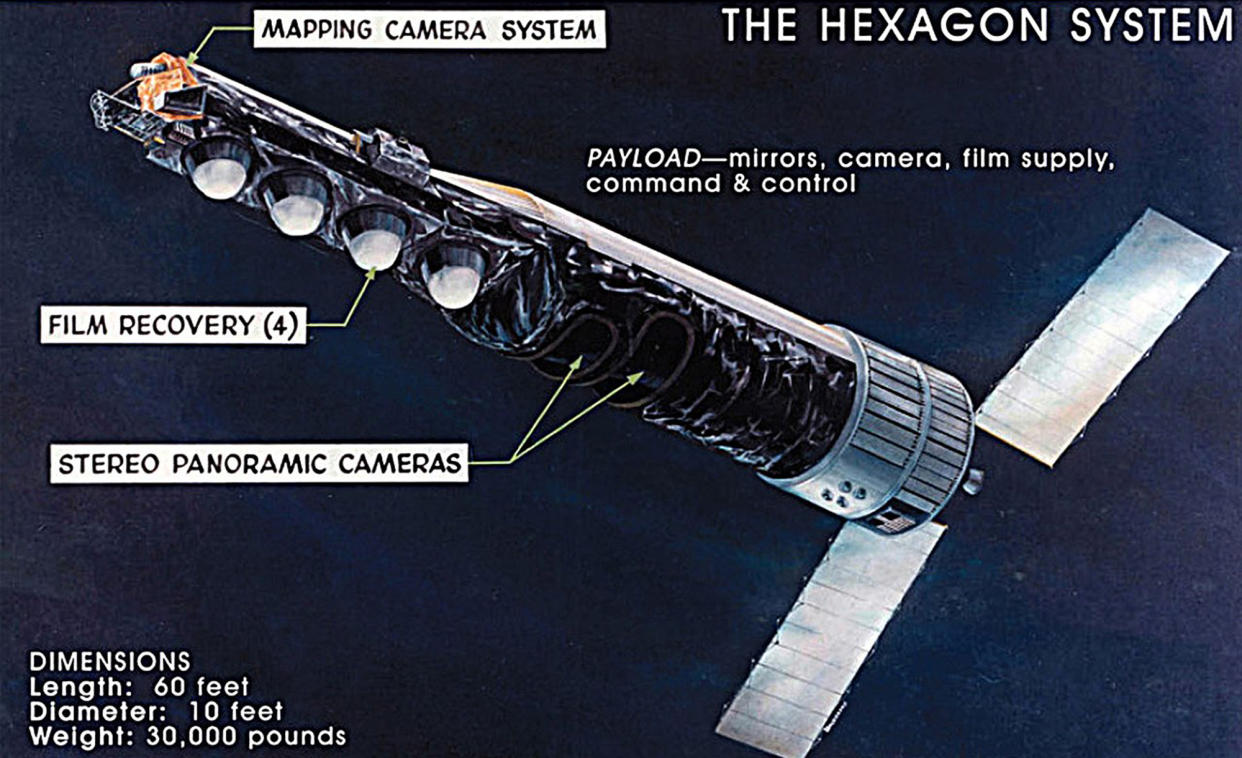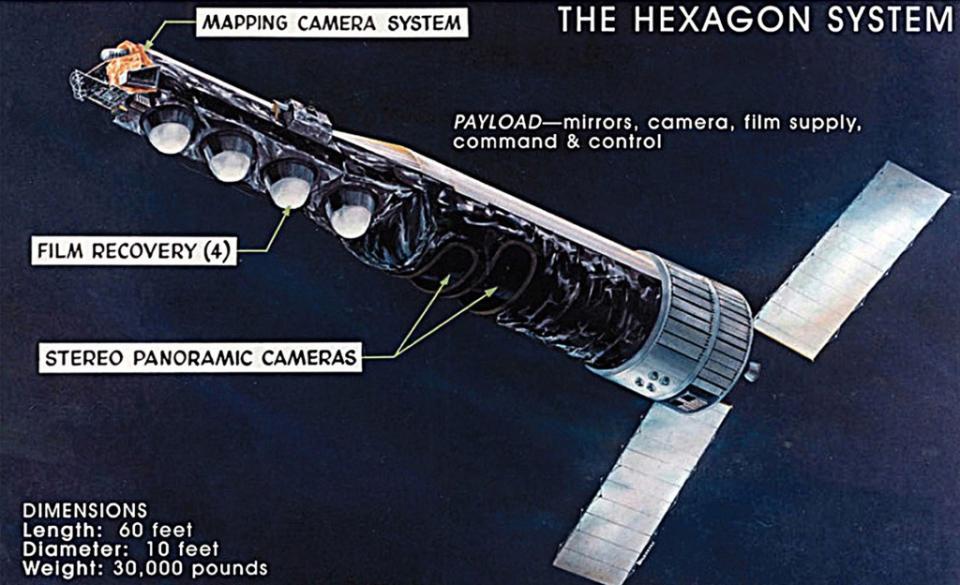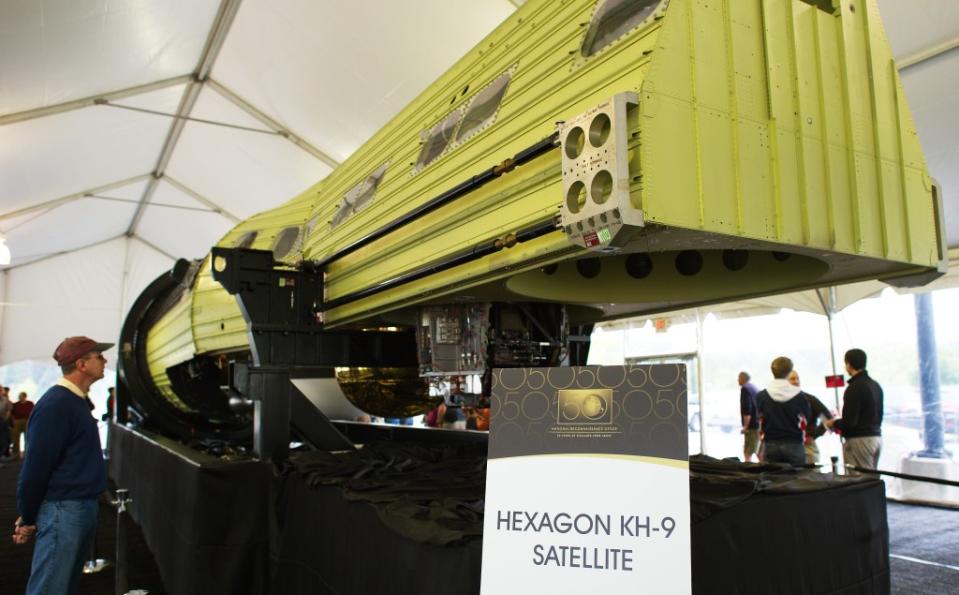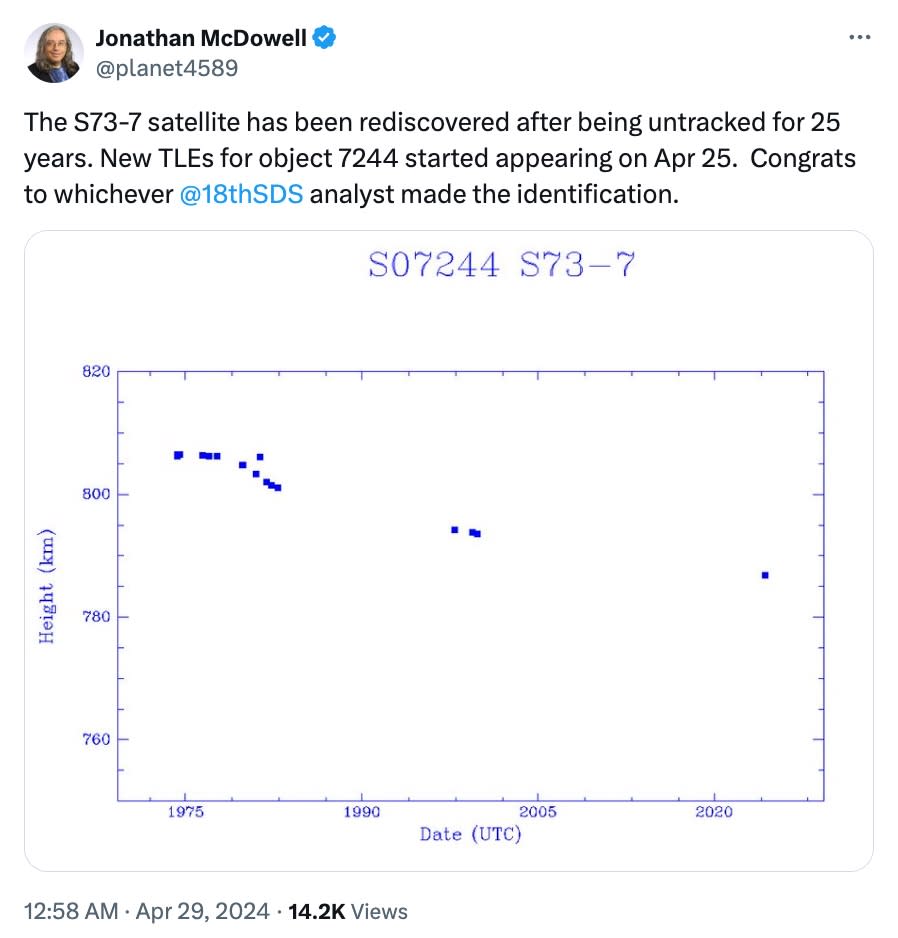Why scientists lost track of a satellite in overcrowded space— for 25 years: ‘It’s basically like air traffic control’

Lost — and found — in space.
Thought misplacing your car keys was bad? A satellite called S73-7 that had been missing since the 1990s mysteriously turned up again this week, raising the question of how the Department of Defense lost the interstellar probe in the first place.
“The S73-7 satellite has been rediscovered after being untracked for 25 years,” Jonathan McDowell, an astrophysicist from the Harvard-Smithsonian Center for Astrophysics, announced in an X post on Monday while describing its cosmic comeback tour.
The wayward spacecraft was located using tracking data from the 18th Space Defense Squadron, per the post.
It marked the end of a space saga that began after the Infra-Red Calibration Balloon (S73-7) launched on April 10, 1974, as part of the United States Air Force’s Space Test Program, Gizmodo reported.

After liftoff, a larger satellite, called KH-9 Hexagon, shot the 26-inch-wide spacecraft into a low-earth orbit so it would continuously circumnavigate the globe at a distance of 500 miles out.
The probe was supposed to inflate and calibrate remote sensing equipment — aka prepping and priming outer space instruments make accurate readings, much like a thermometer. However, things went horribly awry after it disappeared from the grid in the ’90s, marking the probe’s second disappearance after initially vanishing in the 1970s.
Following its surprise reemergence a quarter-century later, scientists had some pressing questions about the cosmic calibration instrument’s disappearance.

McDowell believed that it had to do with an initial deployment mishap and spotty radar coverage that allowed S73-7 to drop off the grid like a celestial Bermuda Triangle.
“Maybe the thing that they’re tracking is a dispenser or a piece of the balloon that didn’t deploy right, so it’s not metal and doesn’t show up well on radar,” the astrophysicist told Gizmodo.
Satellite tracking involves having a global network of sensors identify the trajectory of an orbiting object and match it with a satellite’s circular flight path.

This data is then relayed to an up-to-date satellite compendium in a system about which McDowell says, “It’s basically like air traffic control.”
While the monitoring system may seem airtight, keeping tabs on the more than 20,000 objects tracked by the Department of Defense’s global Space Surveillance Network can be challenging for censors, especially given that many of these craft don’t even transmit their identities.
If the region of space is very crowded and the object hasn’t been observed for a while — as was the case with S73-7 — matching the object’s orbit can be like finding a needle in an intergalactic haystack.
The object can also be tricky to track if it orbits directly above the equator, which is not monitored by any radar, effectively making it akin to a giant blind spot.
“If you hug the equator, you can hide from the tracking,” said McDowell.
Therefore, an unexpected maneuver in this region would force engineers to try and locate the errant satellite in Earth’s orbit.
This comes as scientists have made major breakthroughs regarding tracking interstellar objects.
Asteroid hunters have identified 27,500 overlooked near-Earth asteroids using a novel algorithm called Tracklet-less Heliocentric Orbit Recovery, or THOR, which analyzes multiple photos of space taken over time.

